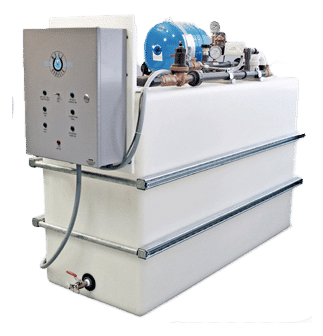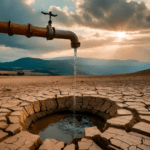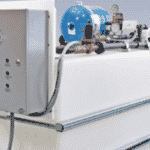Low Water Pressure Well
Low water pressure can be frustrating for homeowners who rely on well water. While there are many potential remedies, like water pressure boosters, many people think about drilling deeper wells to address this issue. However, going deeper might not be the foolproof answer we hope for.
What are some pitfalls of deepening wells, and why does it not always solve the low water pressure issue?
- Financial Considerations:Deepening a well requires a considerable financial outlay. Typically, well drilling costs hover around $5,625. But this figure can shoot up to $9,000 or even more for deeper wells, depending on factors like depth and location. Drilling costs vary from $15 to $25 per foot, whereas full installation charges range from $25 to $61 per foot. For those thinking of deepening their existing well, it can set them back by an average of $3,000 to $6,000, with some specialists demanding as much as $84 per foot.
- Short-term Relief:Deepening wells is sometimes a temporary remedy to groundwater reduction, a frequent culprit behind low water pressure. The long-term feasibility of this tactic is undermined by factors such as local socioeconomic situations, hydrogeological aspects, and groundwater quality.
- Hydrogeological Challenges:The region’s hydrogeological characteristics significantly influence the success of securing a higher yield by drilling deeper. In some locales, going beyond a specific depth can lead to the unsustainable tapping of groundwater, making the low yield issue even more pronounced.
- Risk of Reduced Water Quality:Going further down doesn’t necessarily ensure enhanced water quality. On the contrary, there’s a chance of hitting water of inferior quality, necessitating additional purification before it’s fit for drinking or other uses.
- Success Isn’t Assured:The uncertainty tied to the success of drilling deeper is quite pronounced. Even with a substantial monetary commitment, there’s no guarantee that the low water pressure problem will be rectified. Some wells lie below the water table, suggesting they might run dry with minor drops in groundwater levels.
- A Rising Trend with Mixed Results:More and more people resort to deeper drilling to counteract low water yields and pressure. Yet, this trend only sometimes yields positive outcomes, especially in areas with challenging hydrogeological setups.
- A Potential Downward Spiral:The repeated pattern of reduced groundwater prompting deeper drilling can pave the way for even more significant water shortages down the line. This approach seems more reactive than proactive, calling for a rethink in how we manage well water and low-pressure challenges.
At first glance, drilling deeper wells is a logical fix for low water pressure in low-yield wells. But when considering the financial, hydrogeological, and quality-related challenges, it becomes evident that we need to look elsewhere for solutions. Using devices like water pressure boosters might present a more economically sensible and reliable alternative. By taking a comprehensive view and weighing the long-term ramifications of drilling deeper, homeowners can adopt smarter strategies for their well water systems, ensuring consistent and dependable water access.






